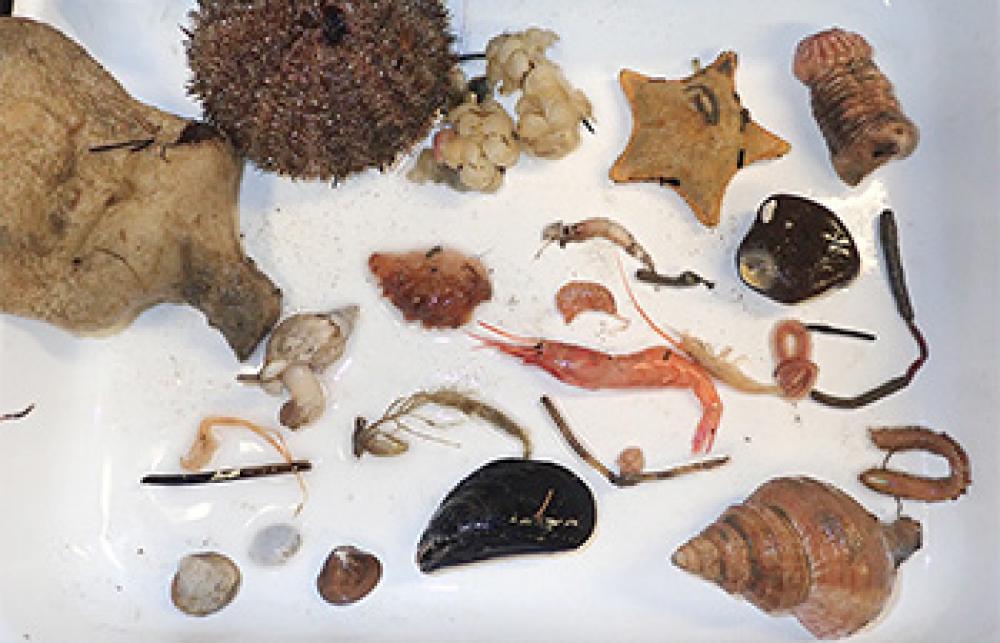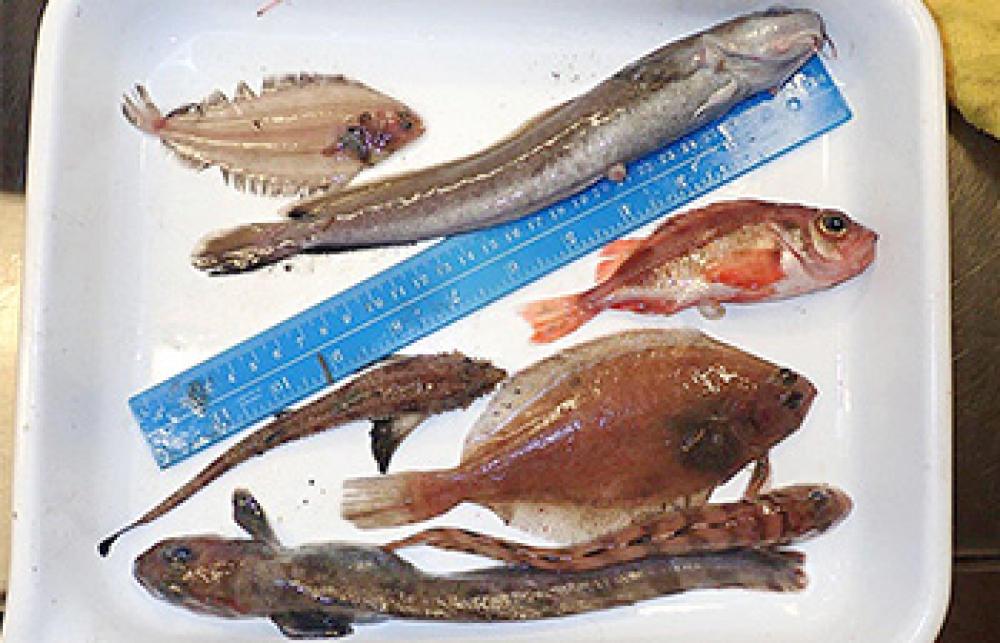
Mission Accomplished!
Last July, scientists from the Maurice Lamontagne Institute (MLI) in Mont‑Joli boarded the CCGS Leim for a 20-day mission aimed at documenting the state of the snow crab population in the St. Lawrence Estuary. The Fisheries and Oceans Canada team had a busy schedule ahead of them. For the first time, this demographic monitoring research on snow crab included an important biodiversity and environment component. The objective: to provide essential data for ecosystem-based management of commercial stocks by studying the target species as well as its biotic environment, including associated species, and its abiotic environment, including physical and chemical characteristics.
Every two years, scientists carry out this mission, alternating between the estuary and the northern Gulf of St. Lawrence, in order to collect data for snow crab stock assessments. The team on board the science vessel conducts trawl tows at almost 90 sites which are visited on every mission. All the crabs caught in each tow are sorted, sexed, measured and assigned a code based on their shell condition. At the MLI offices, these data are analyzed and used to establish annual quota recommendations for the commercial snow crab fishery.
During this year’s mission, the scientists identified all the species found in the trawl tows and entered this information in a database. In two thirds of the tows, they recorded the abundance and weight of the species as well. This information, together with the data collected on near-bottom water temperature, salinity and oxygen, will provide a complete picture of the ecosystem in which snow crab occur are present and the species associated with this ecosystem.
The team faced significant challenges because they had to test the new biodiversity and environment study protocol while also carrying out the traditional snow crab mission. Now that the researchers have successfully completed their 20-day mission on the St. Lawrence, they can focus on analyzing the data.
In a few months, we will have the results obtained from this scientific mission led by Cédric Juillet, stock assessment biologist, in collaboration with Virginie Roy, research scientist, Coastal Fisheries Ecology.
Naomie Girard
Communications

Contents of the cod-end placed on the sorting table.

Representative sample of invertebrates found in the cod-end.

Representative sample of marine fish found in the cod-end.





